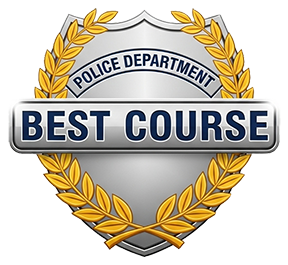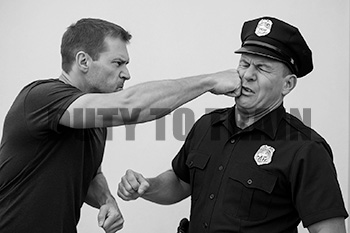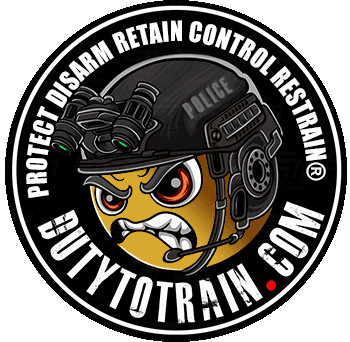
The Natural Progression of Law Enforcement Assaults: Striking, Clinch, and Ground.
Powered by the legendary Chute Boxe Academy and taught by a world-class MMA and Muay Thai fighter—this is where law enforcement learns from the best.
When to strike, and why. When is striking better than grappling?
Managing assaults with minimal force requires a strategic approach. This class integrates Muay Thai, Boxing, and MMA techniques specifically tailored for law enforcement officers. It covers essential striking techniques, combinations, and key defenses to survive against aggressive strikers. Topics include clinch work, distance management, proper fighting stance, footwork, and strategies to avoid takedowns. While Brazilian Jiu-Jitsu remains crucial for police work, this training emphasizes preparing officers for situations where grappling is not ideal, such as confrontations involving multiple suspects or knife scenarios, ensuring safety and effectiveness in high-risk situations.
Statistics show that most assaults against untrained officers escalate to the ground. However, following the logic of distance management in confrontations, officers will often face the clinch before the ground. The clinch represents a critical stage in the progression of an assault—when the striking range is breached, and the officer finds themselves inside the “kill zone.”
Armed clinch fighting is one of the most neglected aspects of law enforcement training. It happened when distance management failed, leaving officers vulnerable to strikes, takedowns, stabs, and the risk of losing their duty weapon.
Recognizing the importance of this scenario, Andre Quiles has developed a curriculum that bridges the gap between striking and grappling, using a combination of Muay Thai and Brazilian Jiu-Jitsu clinch techniques initially created for the Brazilian police. Over the years, this training has been refined to address the specific needs of law enforcement professionals worldwide.
This training focuses on essential skills, including:
- Distance Management and Verbal Commands– Controlling range to improve safety, effectiveness, and tactical advantage.
- Clinch Striking & Weapon Retention – Techniques to control engagements, retain your duty weapon, and defend against disarming attempts.
- Restraining Tactics & Creating Space – Methods to safely draw a weapon, address malfunctions, and maintain control under pressure.
- Clinch Applications for Law Enforcement – Practical adaptations of clinch control for real-world encounters.
- Takedowns & Takedown Defense – Simple, effective techniques to neutralize threats and maintain control.
- Levels of Force Management – Training officers to adapt and apply the appropriate level of force in evolving situations.
- Striking Fundamentals for LEO – Boxing, Muay Thai, and MMA techniques tailored for law enforcement.
- Defensive & Offensive Striking – Core defenses, counterattacks, and compliance-driven striking tactics.
- Footwork & Stance – Proper positioning, movement strategies, and takedown prevention.
- Multiple Attacker Scenarios – Drills to prepare for and manage encounters with more than one subject.
- Drills & Combinations for LEO: Essential Striking Combinations.
Required Equipment:
- BDU-style pants
- Duty belt/duty vest
- Training weapon
- Handcuffs
- Mouth guard
- MMA gloves
Investment: Regular price $3,500. (8 hours) .
**Unlimited number of participants.
Certification: Participants will receive a certificate upon successful completion of the course.
Instructor Bio: Andre Quiles brings decades of experience as a Brazilian Jiu-Jitsu World Champion and founder of the CPR (Control, Protect, and Restrain) system. His approach blends expertise in Muay Thai, Boxing, and MMA with specialized training tailored for law enforcement. Andre’s time-tested techniques have been taught to Police and Military worldwide, emphasizing practicality, adaptability, and safety.

Direct Contact Info:
Email: andrequiles@gmail.com

Arizona, AZ

